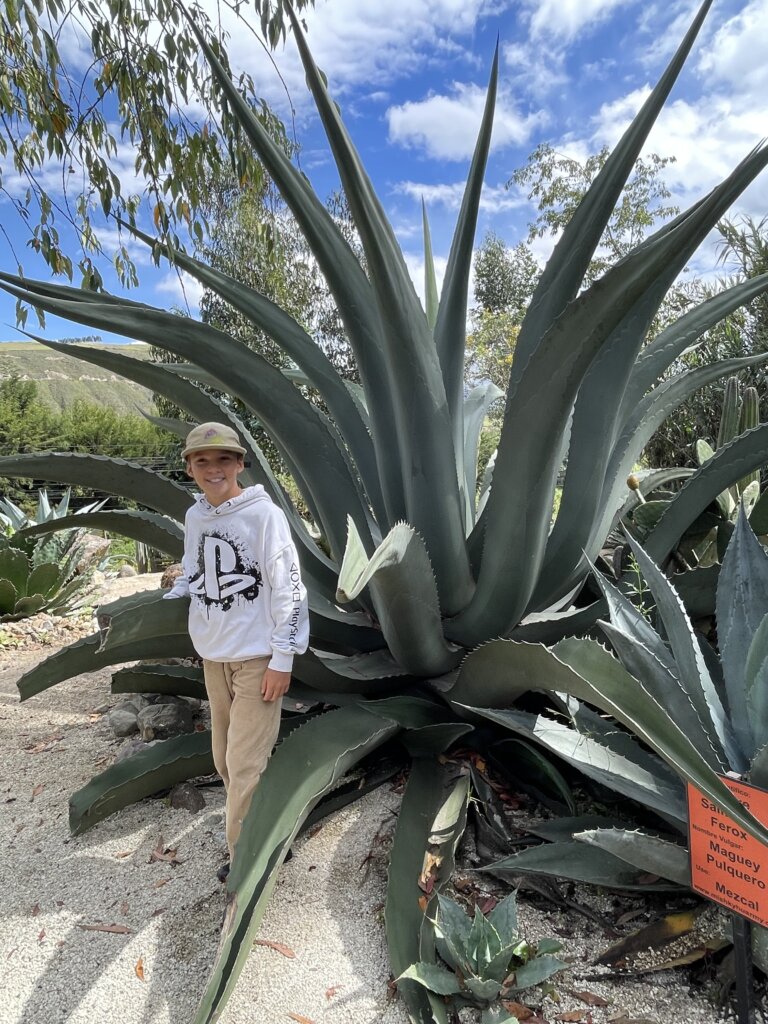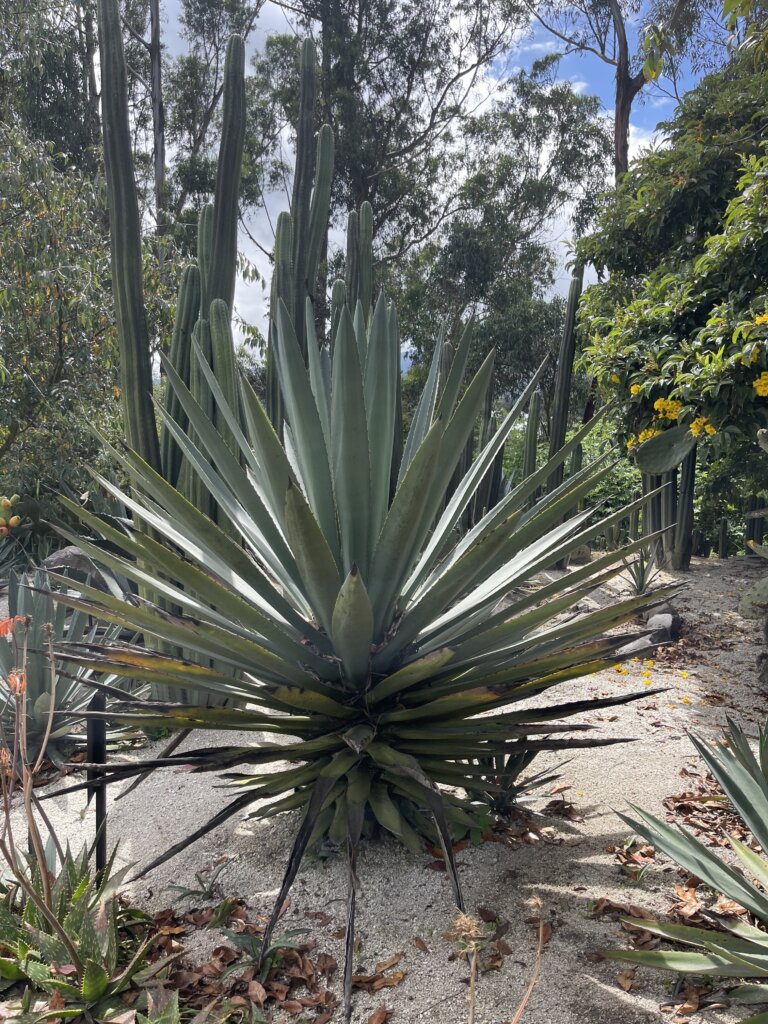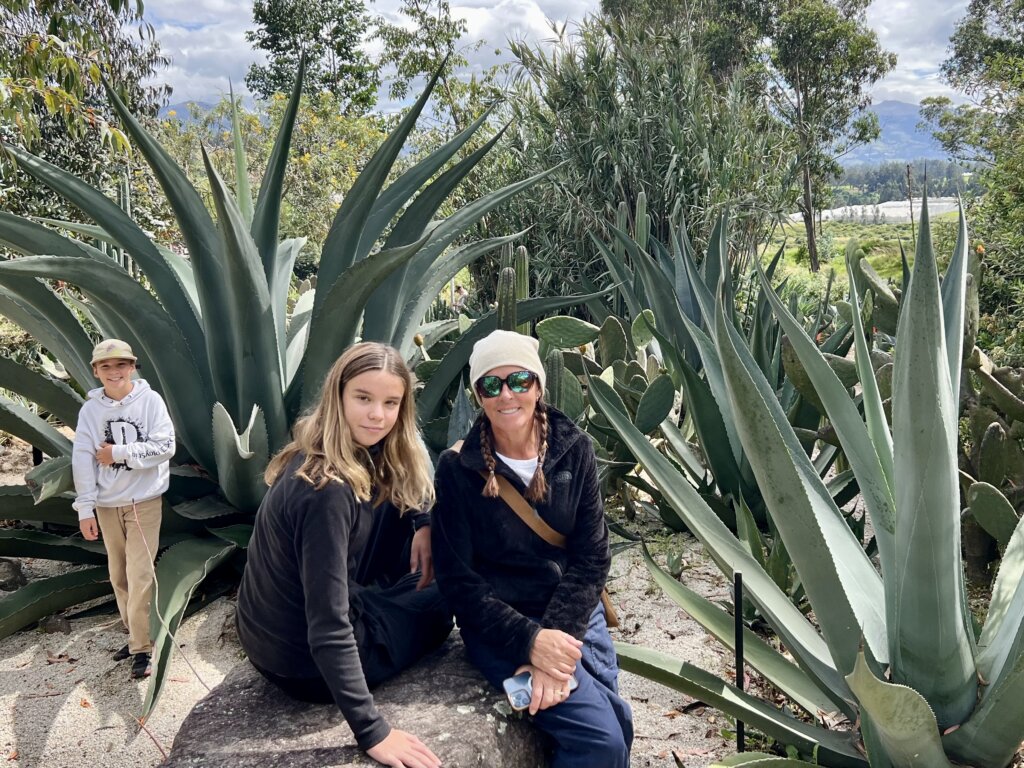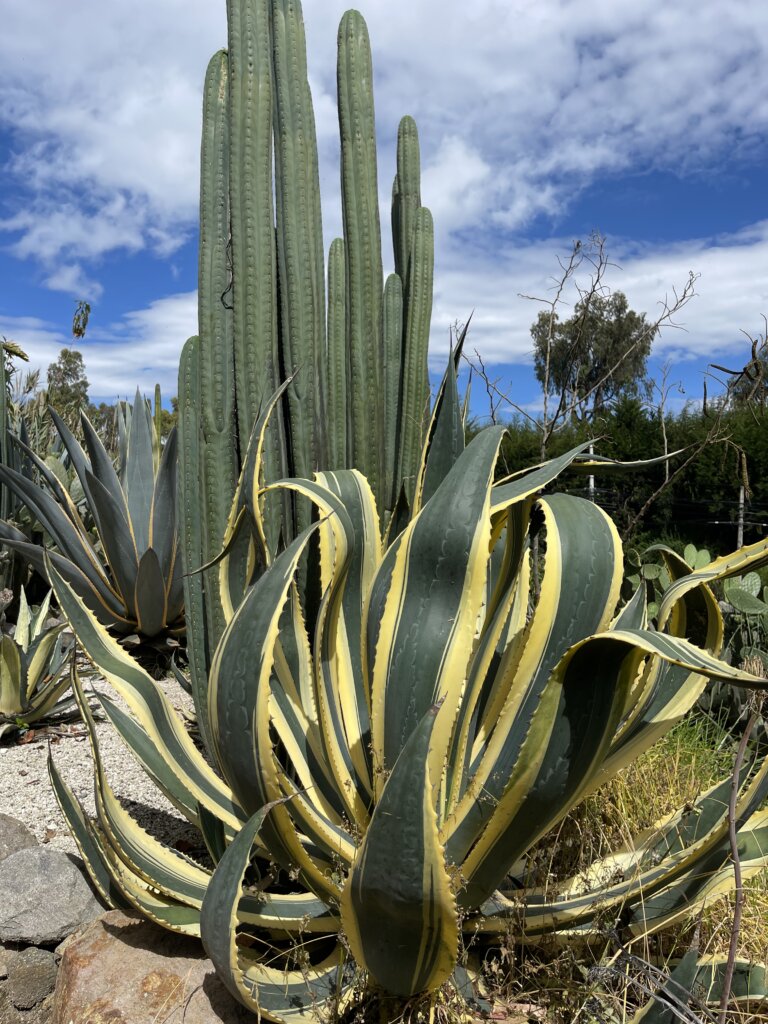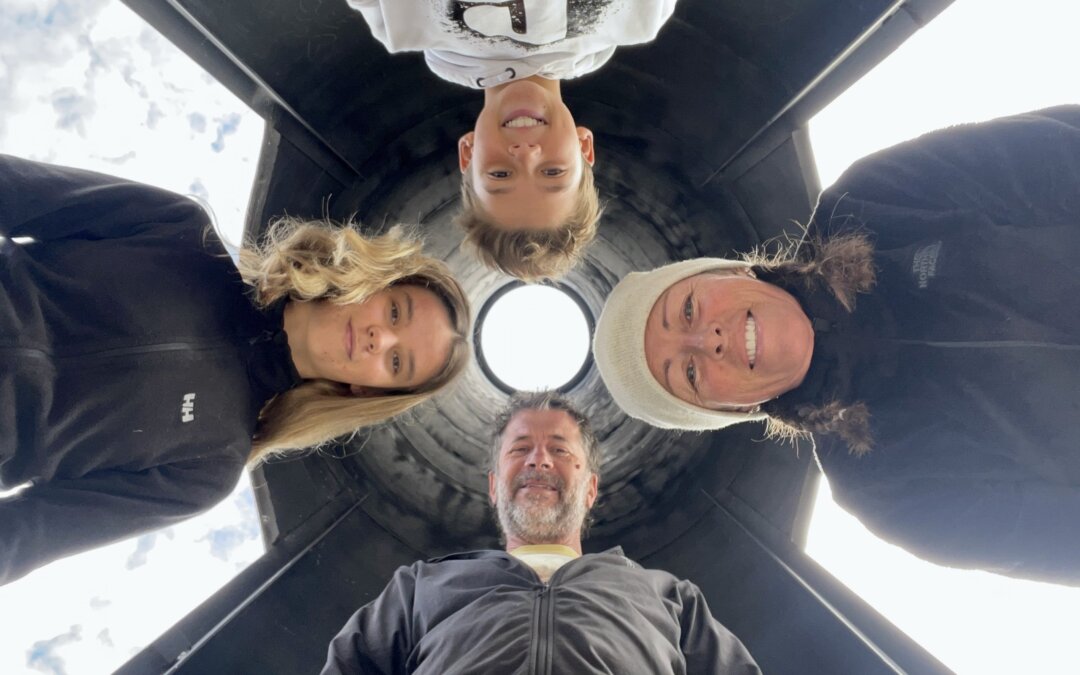History
24th May. Up early and rolling, we arrived at the Equator monument before it opened at 8 a.m. First visitors of the day, we had the place to ourselves for an hour before the next people arrived. Our guide, who spoke excellent English, gave us a fascinating history lesson and an overview of the site.
In 1736, a French scientific expedition known as the Geodesic Mission to the Equator arrived in what is now Ecuador to resolve a heated scientific debate about the true shape of the Earth. Ecuador was chosen because it straddles the equator and features a rugged, mountainous landscape—ideal for the kind of precise measurements the scientists needed to make. Led by Charles Marie de La Condamine and supported by the French Academy of Sciences, the team aimed to measure a degree of latitude at the equator and compare it with similar data collected near the poles. Using advanced mathematics and triangulation techniques, they set up a network of survey points across the Andes, taking advantage of the towering mountains to form long-distance triangles for incredibly accurate calculations. The work was painstaking and dangerous, often hindered by altitude, illness, and political tensions. After nearly a decade in the field, their results confirmed Newton’s theory that the Earth is an oblate spheroid—flattened at the poles and bulging at the equator. Their efforts not only settled a fundamental question in geodesy but also left a profound scientific and cultural legacy in Ecuador.
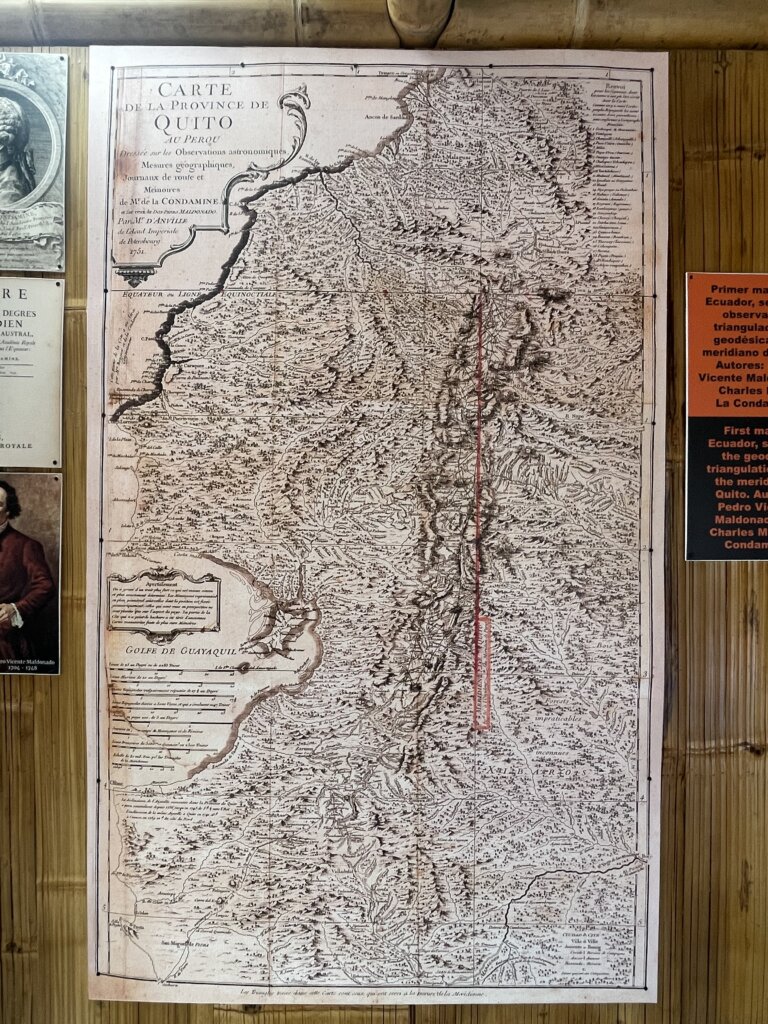
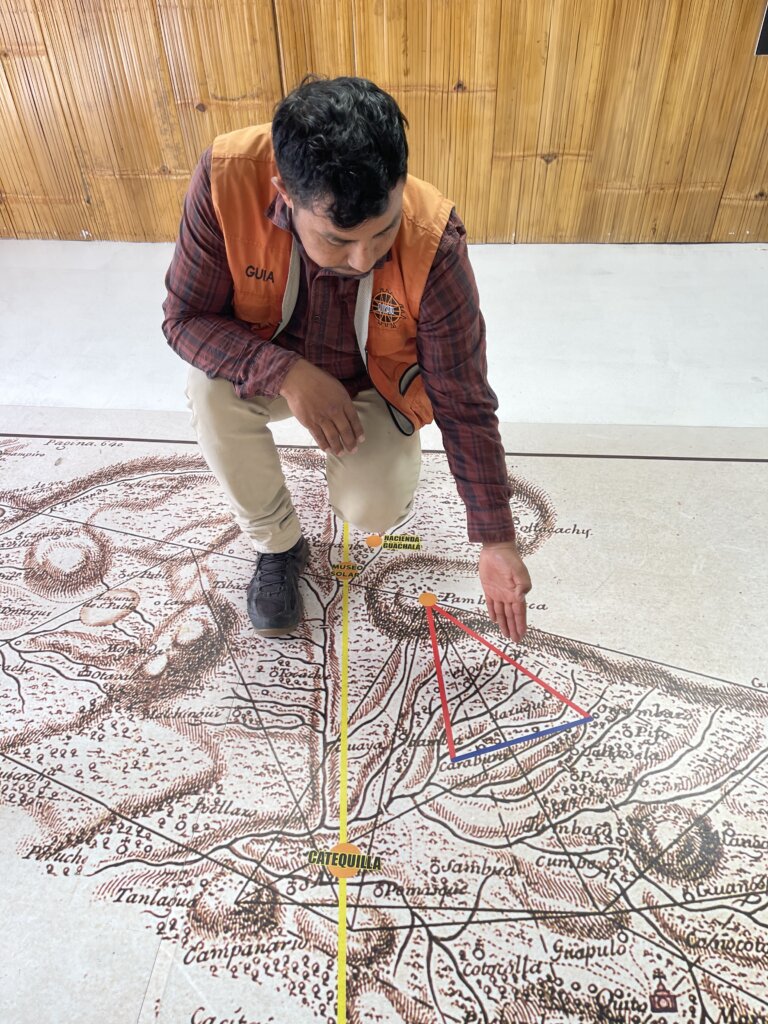
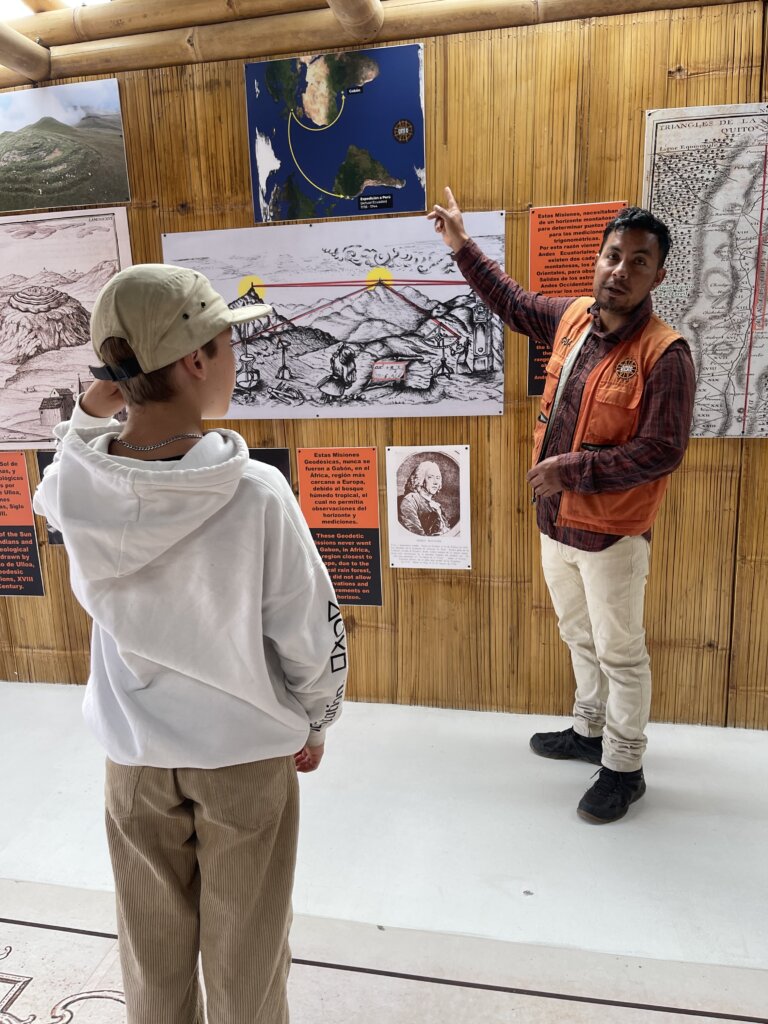
explanations
Next, we explored a model showing how the sun moves across the sky through the year. The kids enjoyed seeing why the poles experience all-day sunlight in summer and barely any in winter, and how the equator gets consistent sunrise and sunset times year-round, unlike at home.
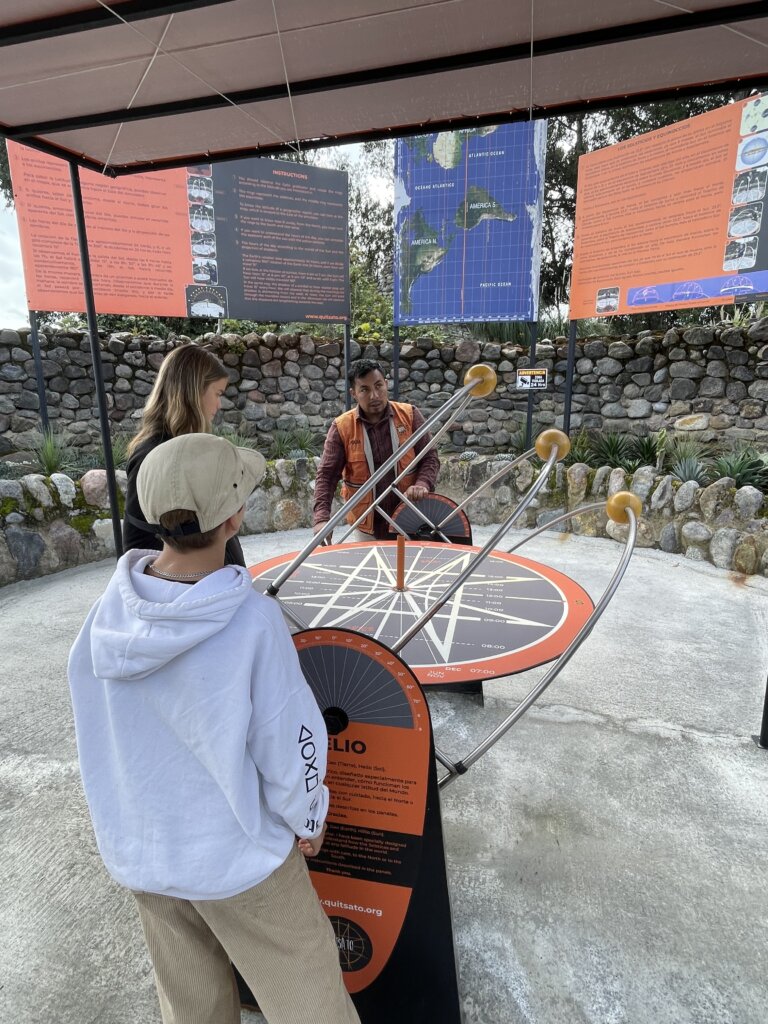
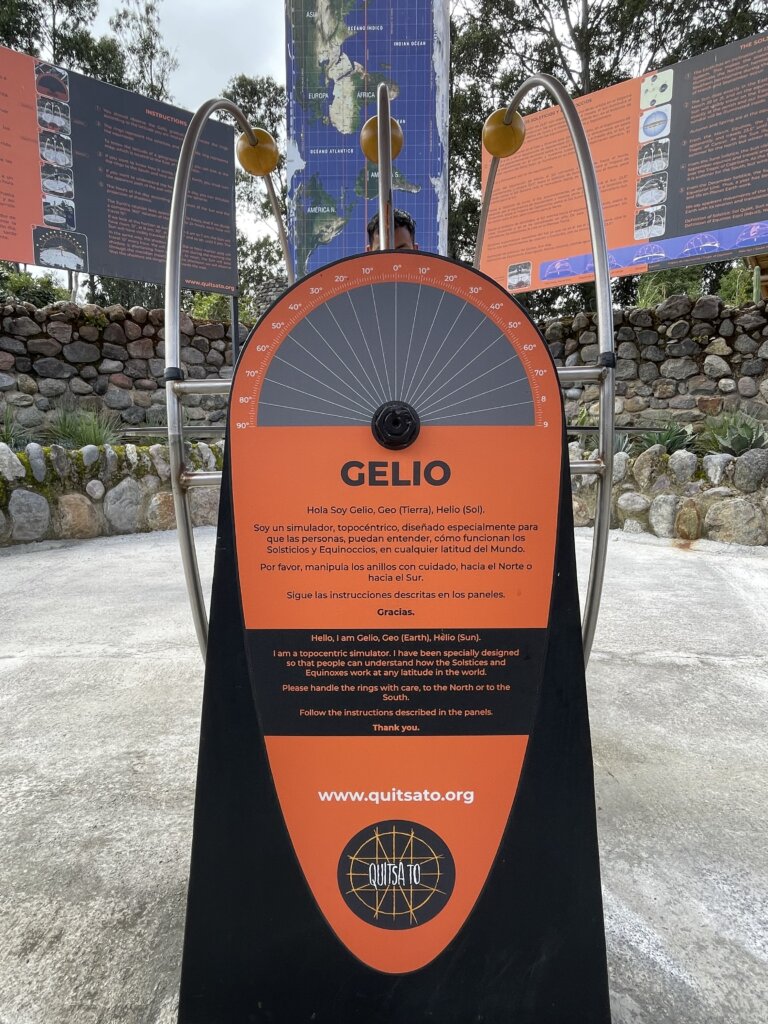
We also heard an alternative theory about the Earth’s orientation: what if the equator was seen as connecting East and West rather than separating North and South? If you rotated the Earth 90 degrees, the equator would run top to bottom. An intriguing idea—but a few hundred years too late to change things now!
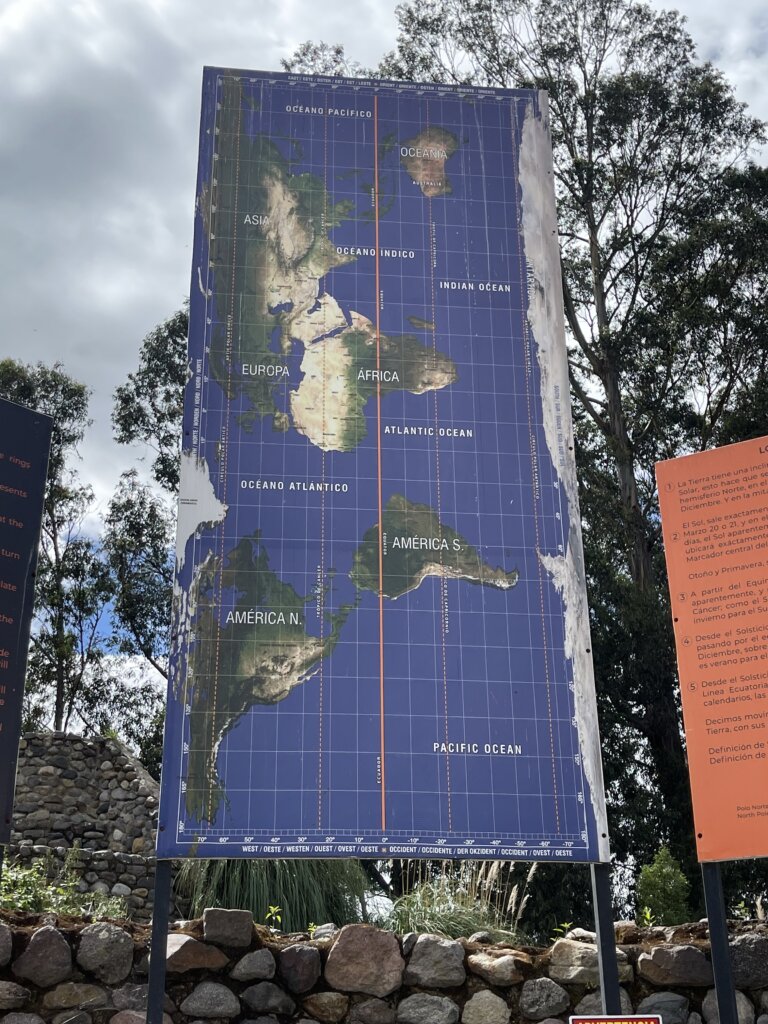
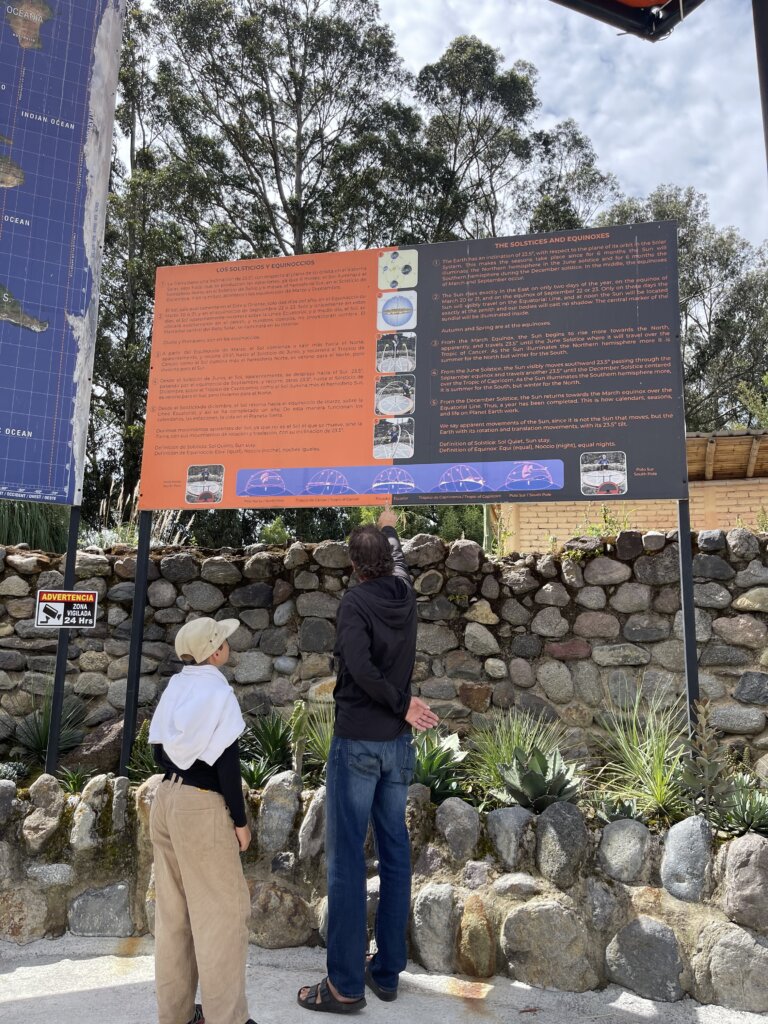
We also checked out a massive sundial and learned how to tell the time by it. All the stones that went in to its making came from all different regions of Ecuador.
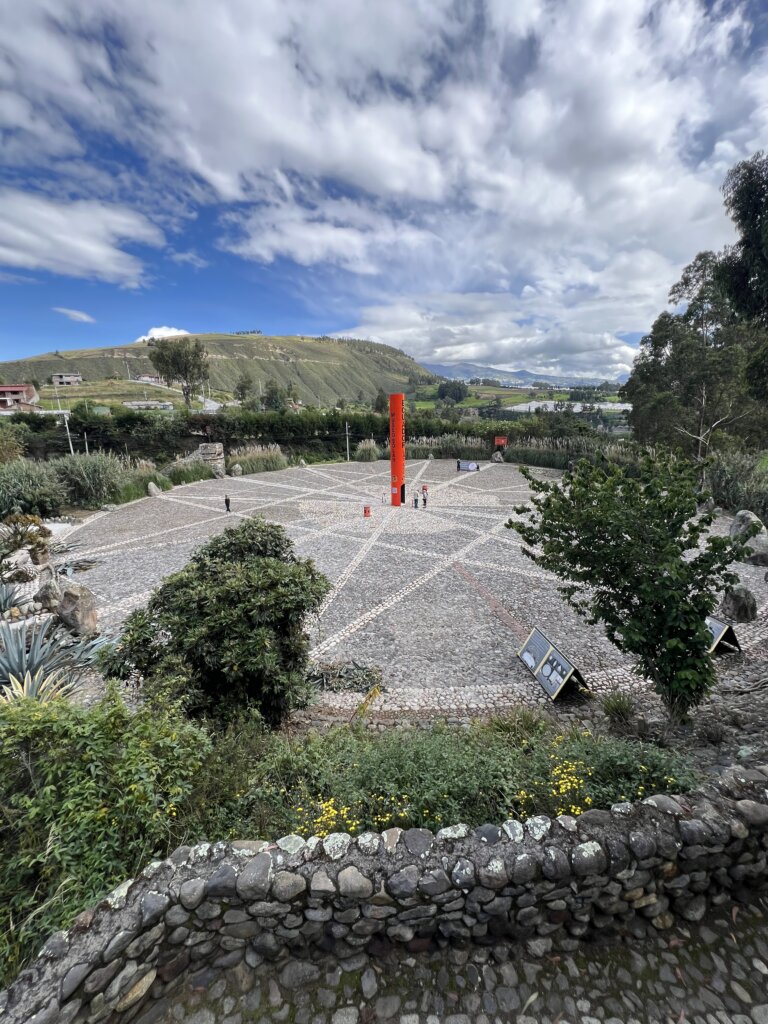
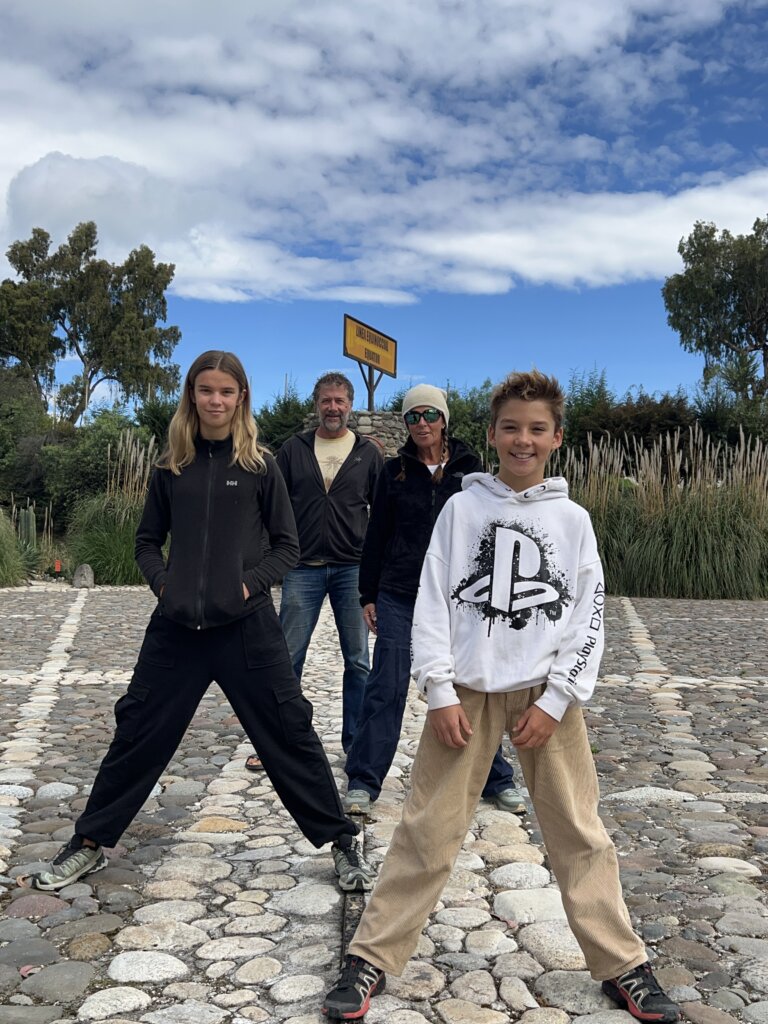
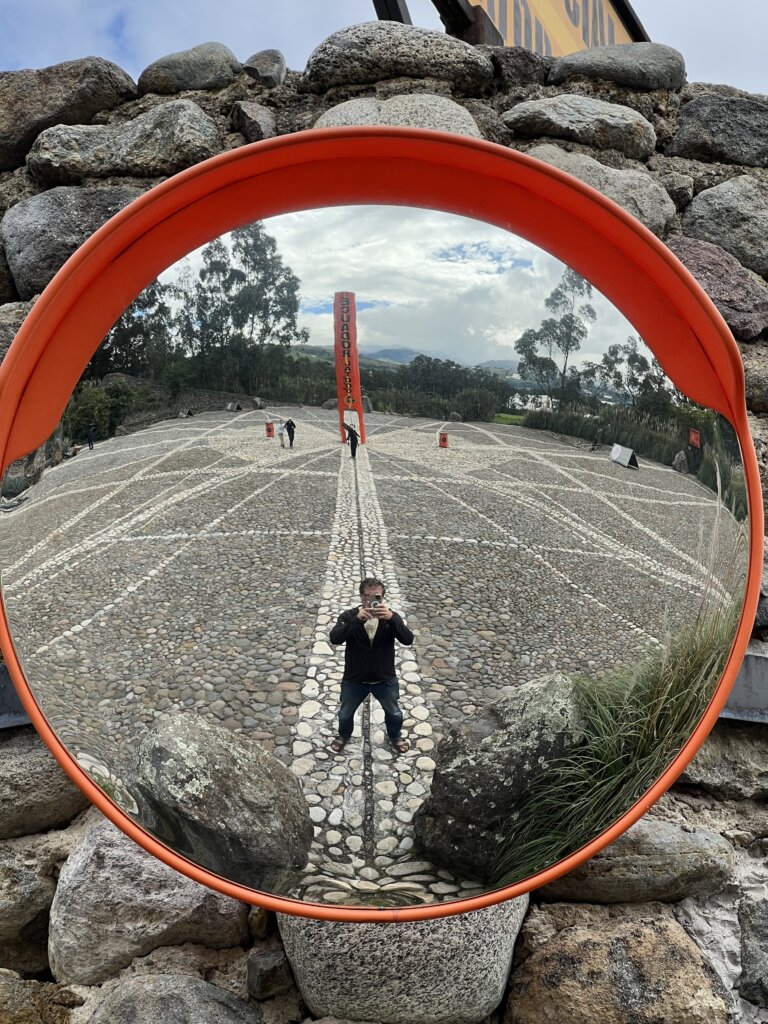
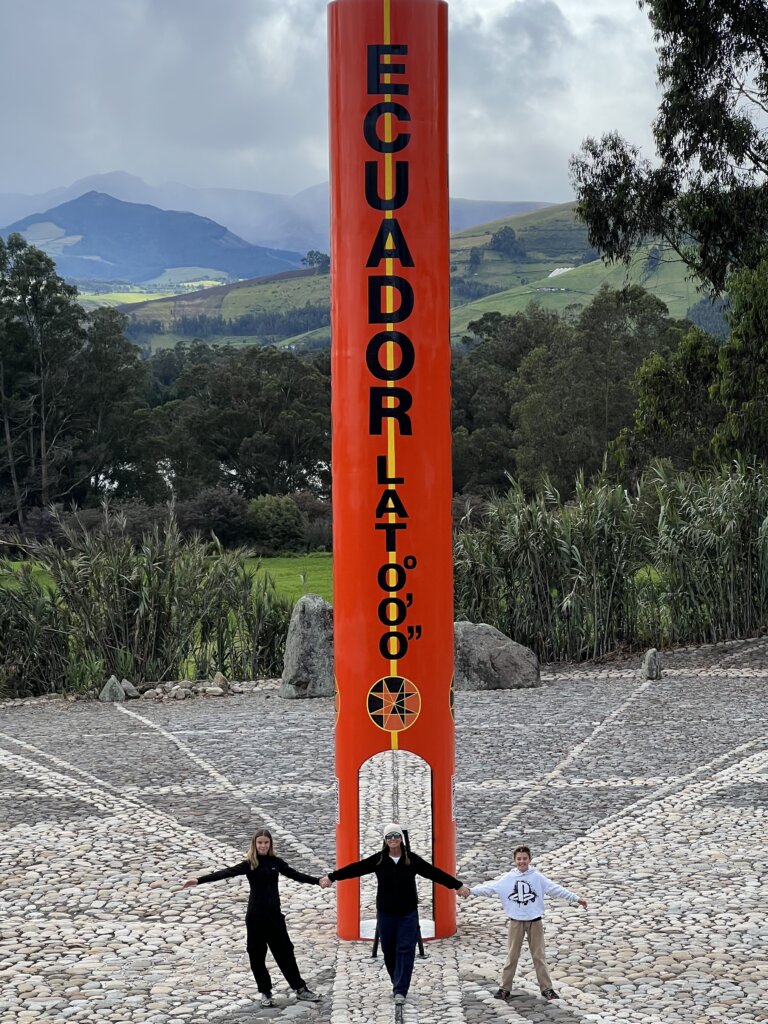
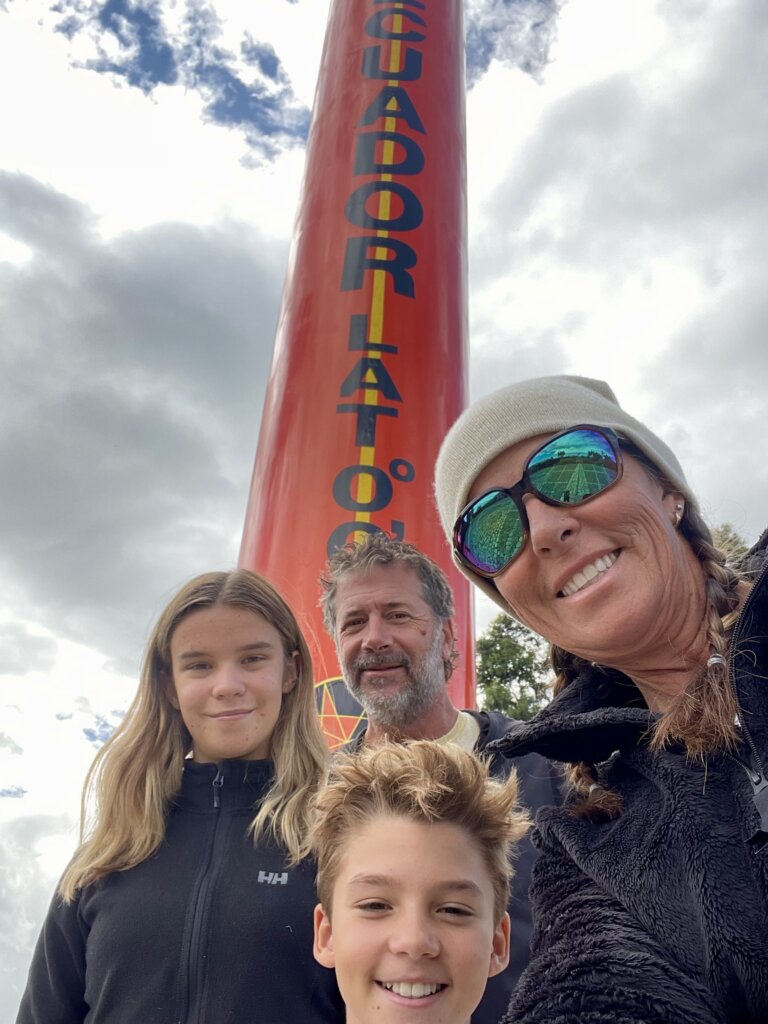
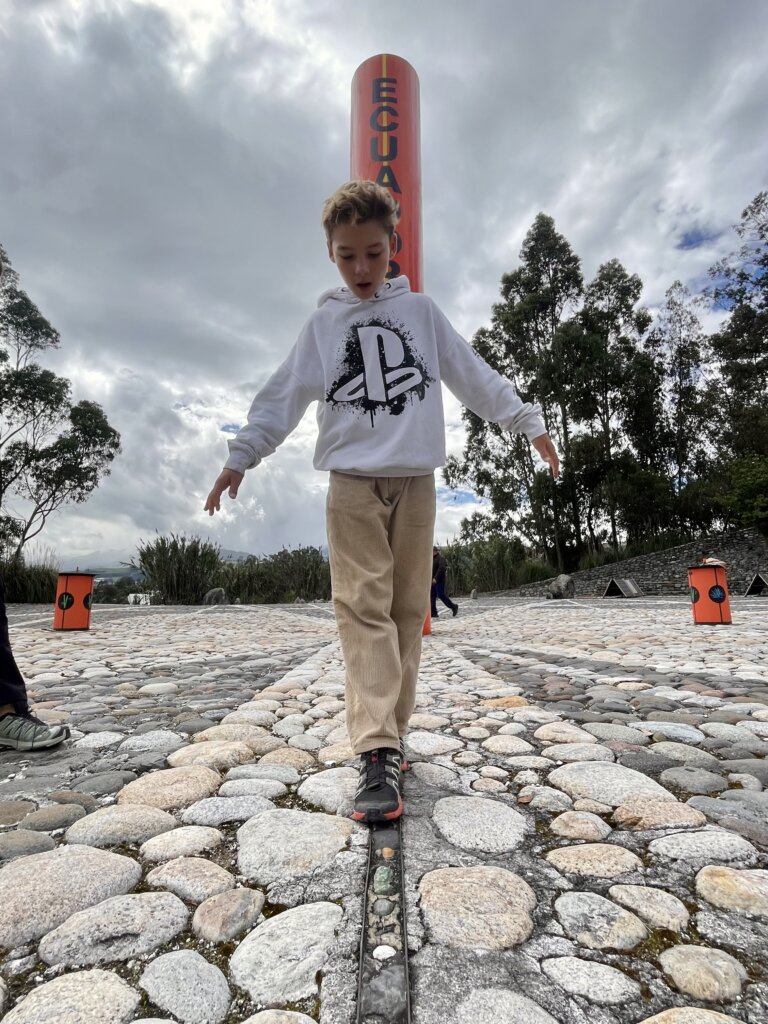

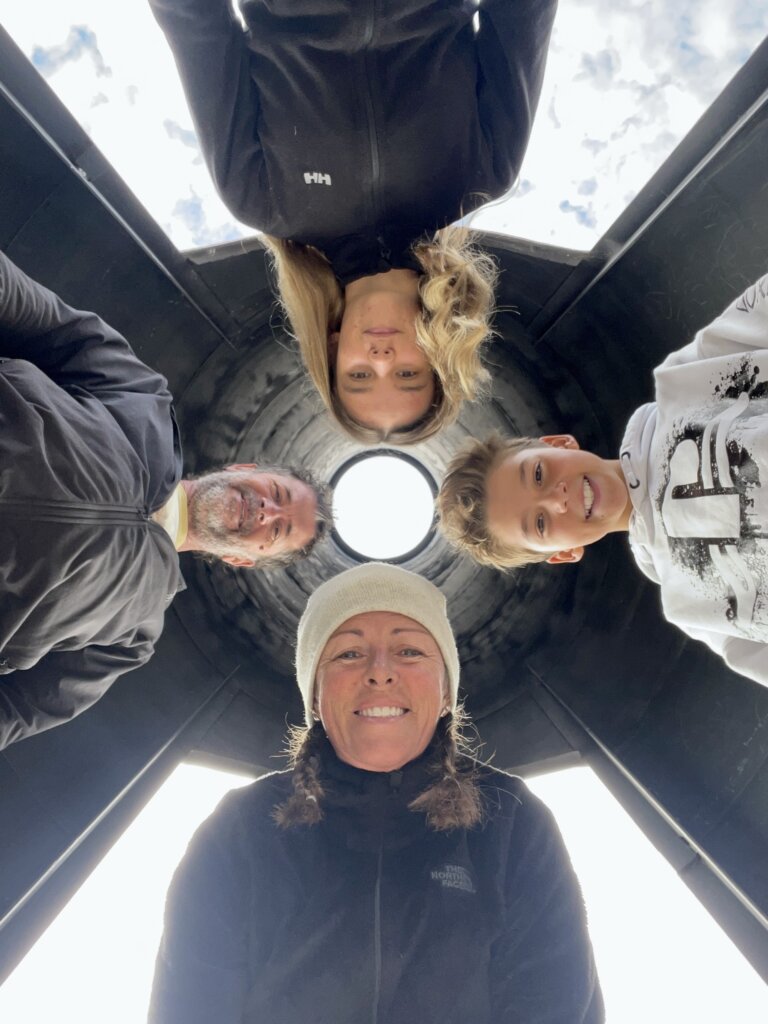
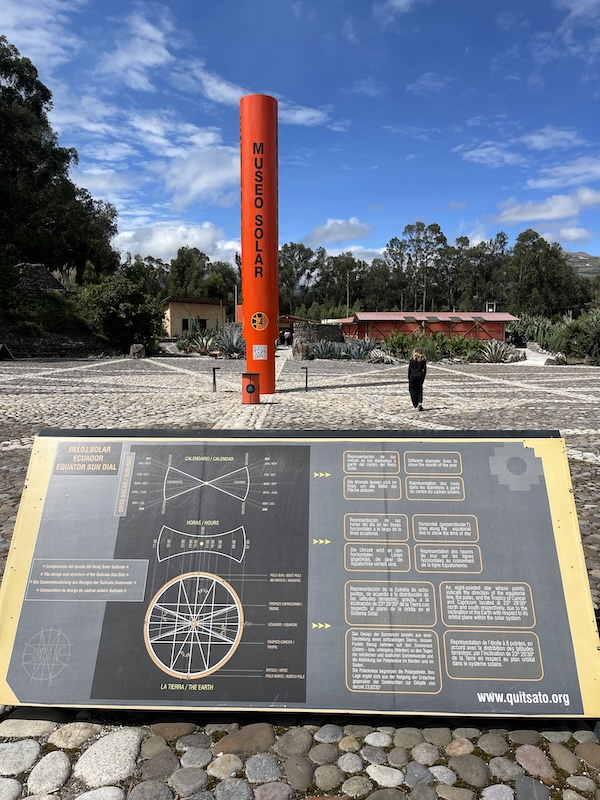

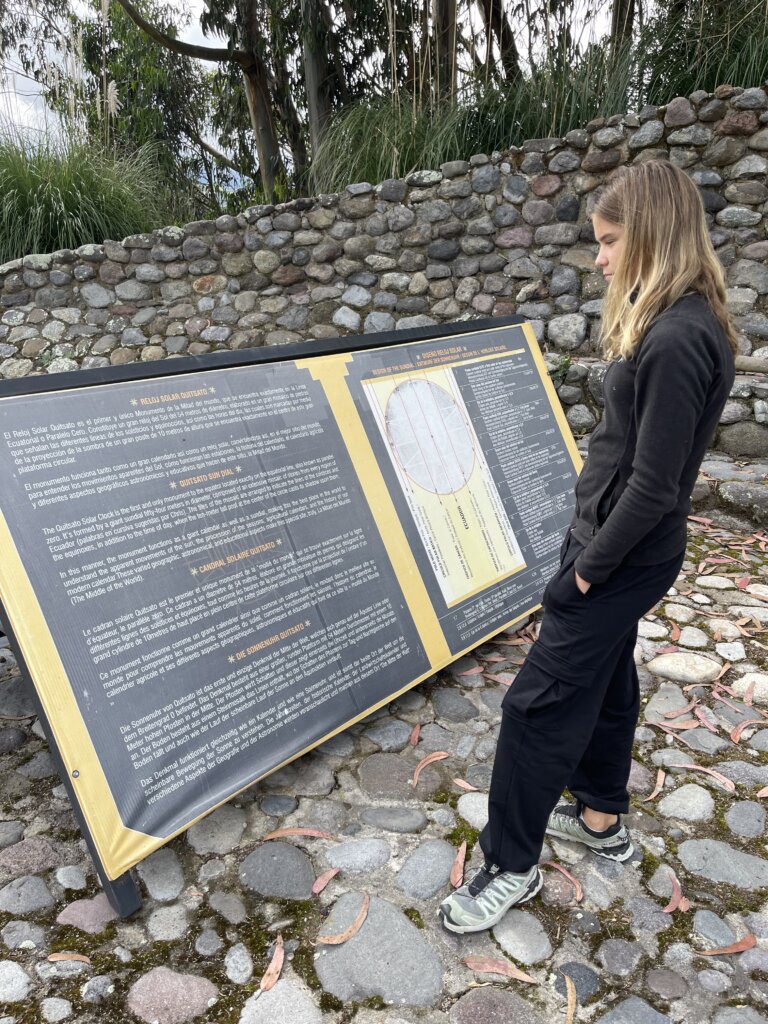

agave garden
Before leaving we toured the agave garden, with the biggest agave plants I’ve ever seen—so many varieties. It must be all that great equatorial sunshine.
That’s it, our brains were full and tummies empty, time for breakfast.

